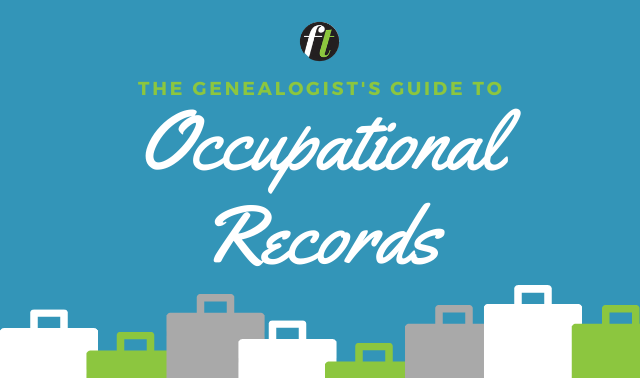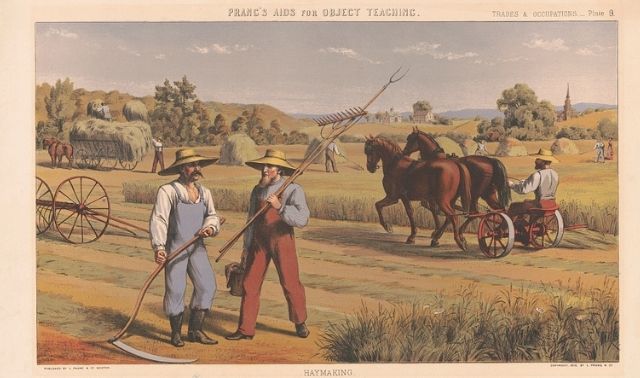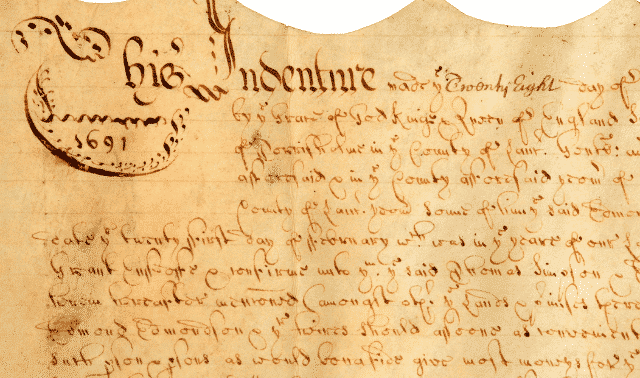Sign up for the Family Tree Newsletter! Plus, you’ll receive our 10 Essential Genealogy Research Forms PDF as a special thank you.
Get Your Free Genealogy Forms
"*" indicates required fields

When President Franklin Delano Roosevelt signed the Social Security Act Aug. 14, 1935, the US government began providing financial benefits to eligible retirees and the unemployed, and a lump-sum benefit at death. Payroll taxes, first collected in 1937, funded the payments. Program participants had to register with form SS-5, Application for Account Number. Officials verified ages with a birth certificate, if one existed.
But more often, they used Soundex and Miracode cards—which bore names and ages—created from 1880 to 1920 US census records. (These cards help you find variant surname spellings in the census.) The three-digit number next to the surname is the numeric portion of the Soundex or Miracode number: M-635, in this case.
Like any record, the SS-5 may contain errors—the mother’s surname here should be “Bodie”—so compare the data against other sources.
The applicant’s SSN is typically written in the upper right corner of the form. The first three digits designate the state or territory where the number was issued. The next pair of digits relate to the sequence in which numbers were issued. The final four digits were assigned chronologically as forms were processed. SSNs beginning with 700 to 728 were used for railroad workers in the Railroad Retirement system. You can “decode” your ancestor’s SSN using Stephen P. Morse’s one-step tool.
Request SS-5 applications for deceased individuals from the Social Security Administration, OEO FOIA Workgroup, 300 N. Green Street, Box 33022, Baltimore, MD 21290. The fee is $27 if you provide the SSN; $29 if the SSN is unknown or incorrect. Here’s what this record can tell you about your ancestor:

1. The applicant printed his or her name on the form, or a clerk might’ve typed it. Men and unmarried women were to enter their first, middle and last name. It’s a rare opportunity to find a married woman’s maiden name: She had to give her maiden first and last name, and her husband’s last name.
2. Use the address—entered as street and number, post office and state—to look for other records, such as land and property records, voter registrations, city directories, religious records and newspapers. Here, the clerk manually corrected the typed street name.
3. The business name and address of the applicant’s employer may provide clues to your ancestor’s occupation. You also may be able to locate old records of employment.
4. The SS-5 tells you (or confirms) the applicant’s age and date and place of birth. The date and place, in particular, can help you link back to parents and find earlier records for the family.
5. The SS-5 is an excellent source for the father’s full name and mother’s full maiden name (it may be your only source for the latter). The information can lead you to earlier census records, marriage records (consider looking where the applicant was born) and other documents.
6. If the applicant had registered with the US Employment Service (USES), he or she had to provide the registration card number. The USES, established in 1933 as part of the Department of Labor, played a vital role in connecting unemployed workers with many government work projects developed during the 1930s.
7. If the applicant had already completed an SS-5, he or she was to list the place and date to prevent issuance of multiple account numbers.
8. The SS-5 included the signature of the applicant and the date he or she signed.
A version of this article appeared in the May 2010 Family Tree Magazine




